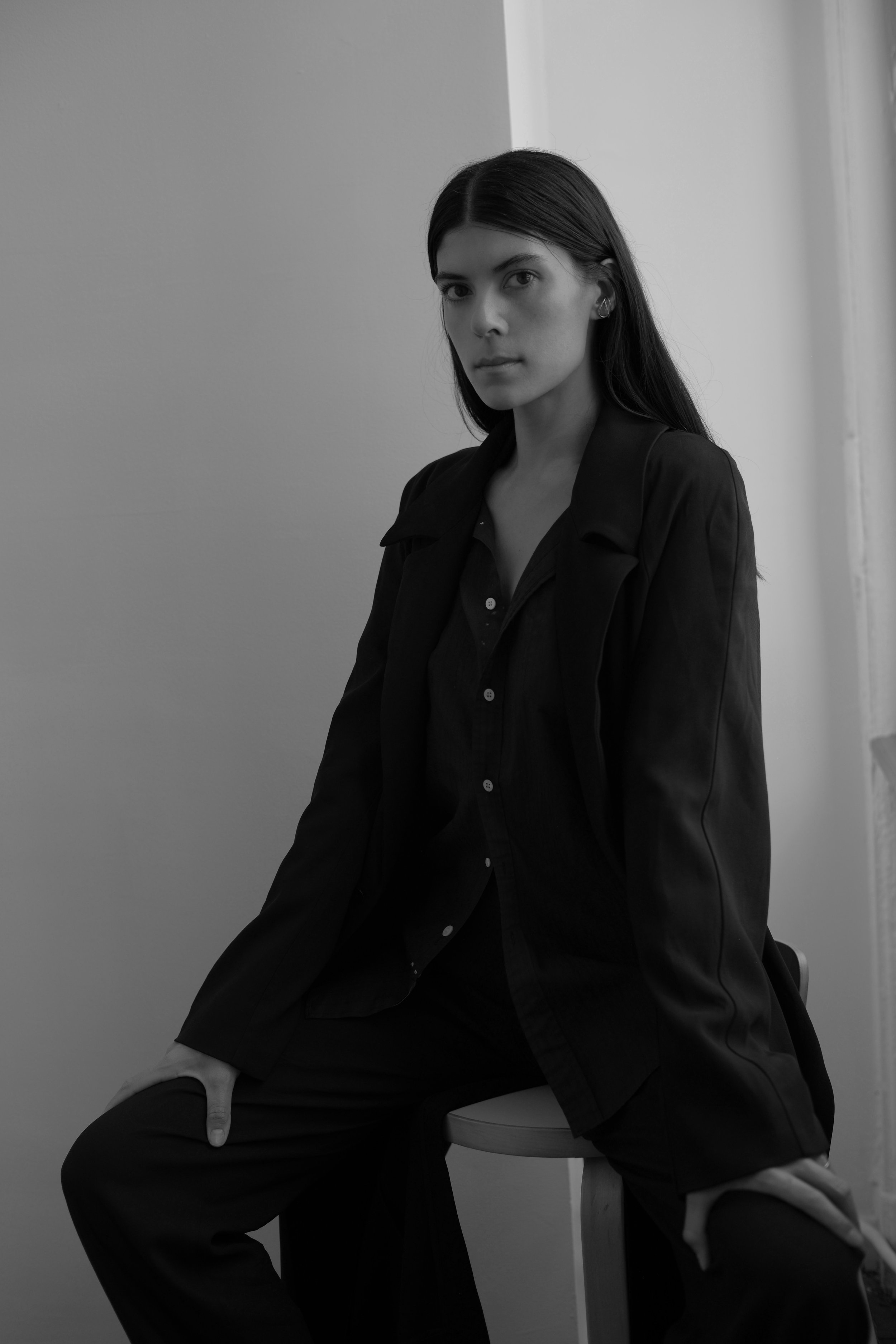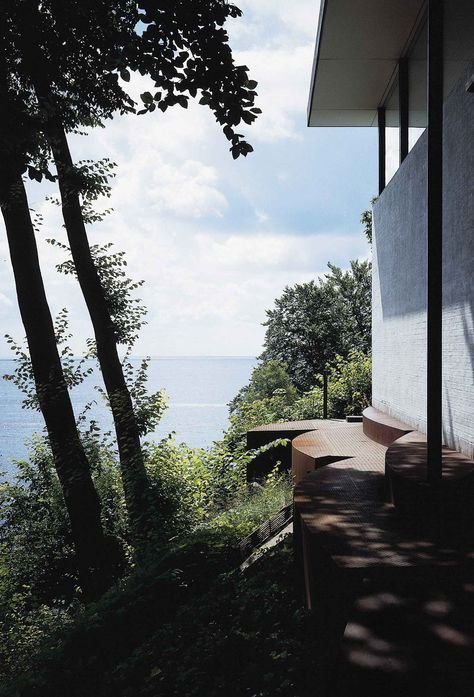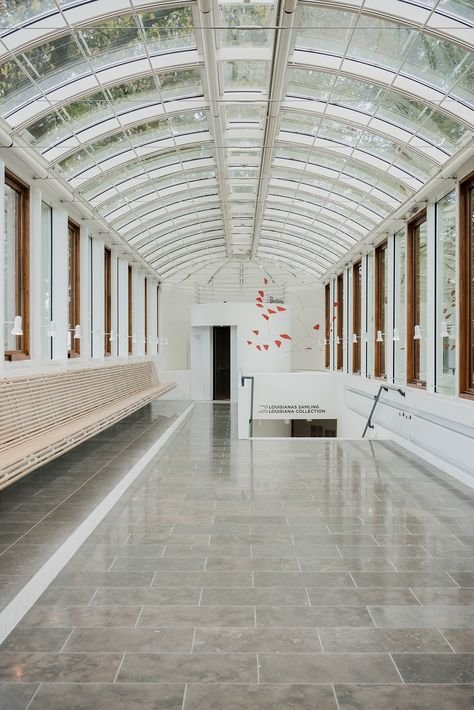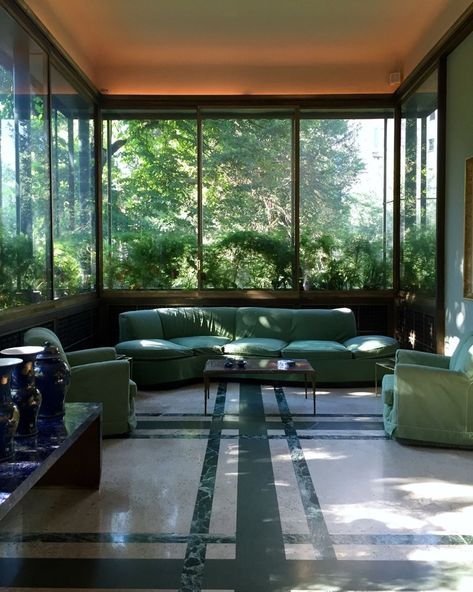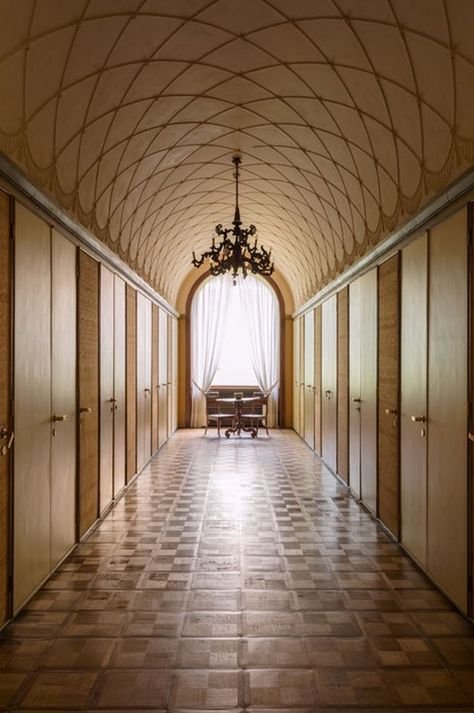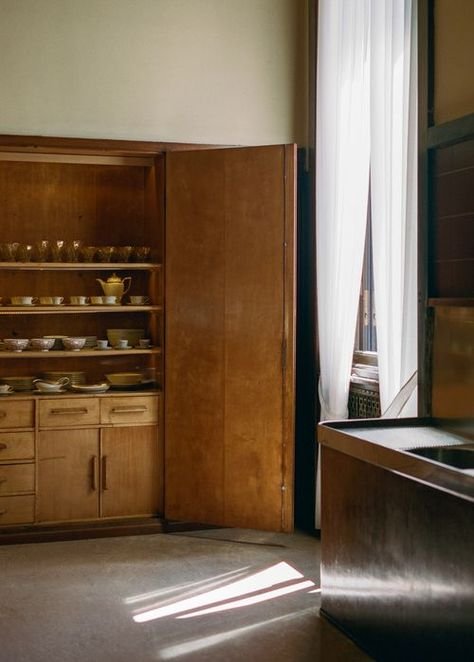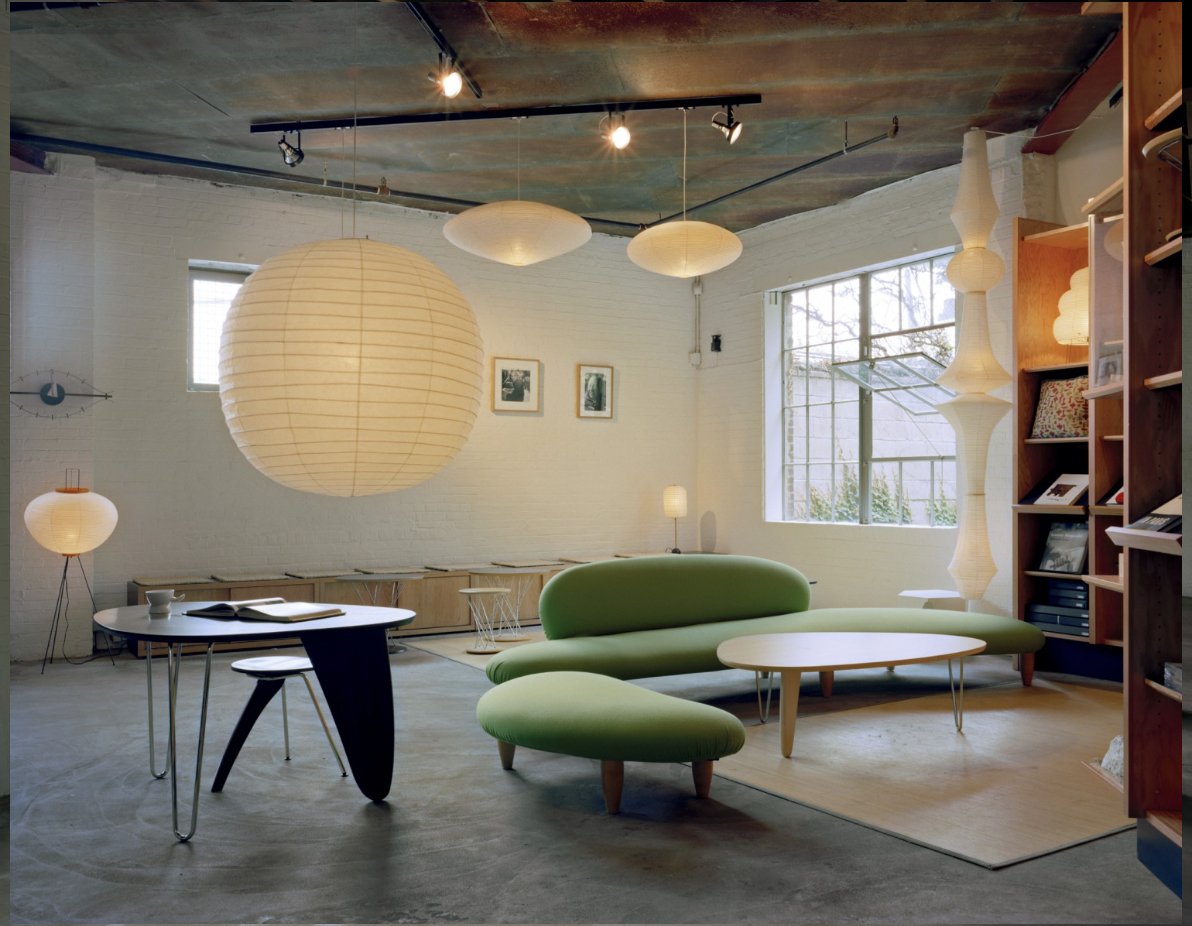Neada Deters
HURS CURATOR
NEADA DETERS
The founder and CEO shares her favorite brands, products and places
Neada Deters is an essentialist. As the founder and CEO behind skin care brand LESSE the Sydney-born, New York-based Deters is changing the way we think about beauty. Starting out as editorial director of DORÉ – where she led beauty coverage – Deters quickly saw a need for uncompromising skin care that addressed the needs of diverse skin concerns. It led to the launch of her self-funded brand LESSE, a line of natural skin care essentials focused on creating daily rituals that are simple yet effective and promote the integrity of our skin and our planet. Deters has built the brand with intention and precision, only launching new formulas when they live up to the standards the brand has set since launch. Through this philosophy, Deters quickly built a base of loyal fans who appreciate her curated approach to life. She’s become a trusted source for recommendations across culture, from sharing what's best in beauty to design to the restaurant scene.
WHERE THE CULTURAL CLASS DINES
Japanese restaurant Omen Azen has been a place where cultural tastemakers have gathered and dined for over decades, and they still do. Don’t be surprised to enjoy your spicy tuna tartare alongside regulars Patti Smith, Derek Lam or Richard Gere. With roots stretching back to its first location in Kyoto, Japan – where Chef and former Buddhist monk Mikio Shinagawa perfected his take on country-style cooking – the restaurant settled in Soho, New York in 1981. The casual, charming space is located at the bottom of a small brick wall apartment – and that no frill, serene atmosphere combined with delicious food is likely what has made it such a loved dining spot. The local favorite serves the best of Japanese cuisine, from black codfish, pan-roasted organic chicken teriyaki and sushi as well as its signature dish Omen, a bowl of handmade udon noodles served in hot or cold broth.
“Founded by a former Buddhist monk, Omen is a SANCTUARY where New York artists have come together over bowls of steaming broth and housemade noodles for more than four decades. With its intimate atmosphere and incredible food, I could eat here every day of the week.”
“With an EXQUISITE collection of modern art, this museum is an architectural masterpiece of glass and stone that sits on the idyllic Øresund Sound. One of Denmark’s most remarkable experiences for those with a reverence for art, design, and even nature.”
AN ODE TO DANISH MODERNISTS
For those with a love for modernism, The Louisiana Museum of Modern Art is a sanctuary. The renowned Danish art museum was founded by businessman and art collector Knud W. Jensen in 1985. Today, the museum’s collection includes over 4000 works of art spanning from 1945 to the present. From works by modernist icons like Louise Bourgeois to Yves Klein and Giacometti. Instead of attempting to represent the entire chronological line of modern art, the museum focuses on showcasing groups of works and artistic periods representing movements like European Nouveau Réalisme, American Pop Art, and Minimalism. The 1950s modernist building, in which part of the museum is housed, is a strong contrast against its natural surroundings on the shoreline of the Øresund Sound in Humlebæk – about 35 km north of Copenhagen – and an architectural work of art in its own right. Louisiana's sculpture park – featuring 45 works – surrounds the series of buildings in which the museum resides with works by the world’s leading sculptors. It’s no surprise the museum has become one of the most celebrated art sights in Denmark.
IN MILAN, A 1930s VILLA OF ITALIAN OPULENCE
The Necchi Campiglio Villa is unquestionably one of the most celebrated and referenced residences of our time. While it was designed and built between 1932 and 1935, the residence’s design remains relevant today. The home was built by architect Piero Portaluppi and commissioned by the Necchi Campiglio’s – a family of industrialists who owned a cast-iron manufacturing company just South of Italy’s capital in the 1930s. Located in the center of Milan, the modernist villa is enclosed by a private garden with a swimming pool and tennis court. The interiors are spacious and airy, with large windows that let in natural light, filled with the family’s original furnishings. The layout of the residence follows that of a noble home, and includes a dedicated smoking room and library – but our personal favorite will always be the kitchen with its built-in wooden cupboard. Today, Villa Necchi Campiglio is open to the public and remains to be a source of inspiration to many as an icon of Italian modernist design.
“The epitome of opulence, this former residence highlights the singular triumphs of 1930s Italian design. The extravagant use of marble, brass, and detailed woodwork is BREATHTAKING but it’s the finer details that exemplify the elegance of this home: the curve of a step, a lighting fixture.”
“As someone from Sydney, this is my favorite RITUAL when I return home. I long for early mornings here, oscillating between the sauna and a cold plunge in the iconic white, saltwater pool. It’s most beautiful in the rain.”
AUSTRALIA’S MOST ICONIC CLUB IS MADE FOR SWIMMING
There’s something about well-designed, historic pools. Maybe it’s Slim Aaron’s photographs or the nostalgic feeling of an endless summer, but they often become instant icons. And one of the most recognisable ones is Sydney’s Icebergs, the famous Bondi landmark. Founded in 1929 by a group of local life guards, with a desire to maintain their fitness during the Winter months, the swimming club remains the only licensed one in the world. With its rich history and long list of well-known club alumni, the club’s larger lap pool and smaller kid’s pool remain a favorite for locals and tourists. But we’ll let Neada tell you all about it.
A DESIGN SANCTUARY IN THE HEART OF NEW YORK
Designed by Isamu Noguchi himself, the Noguchi Museum is a place of calm and tranquility contrasting the busy and vibrant city life of New York. As the artist’s estate, the museum owns the most extensive collection of the Japanese American artist’s sculptures, designs, models and drawings. Additionally to establishing the foundation that includes two levels of exhibition space and a sculpture garden, Noguchi wrote and published The Isamu Noguchi Garden Museum catalog in 1987. The catalog features additional works he didn’t give to the foundation initially, but some have since been acquired to complete the museum’s collection. In the museum’s shop visitors can browse Isamu Noguchi’s Akari light sculptures, shop the curated collection of art and design publications and explore works from other artists that align with Noguchi’s aesthetic.
